Building climate resilience into infrastructure planning in East Africa brings financial benefit.
Building climate resilience into infrastructure planning in East Africa brings financial benefit.
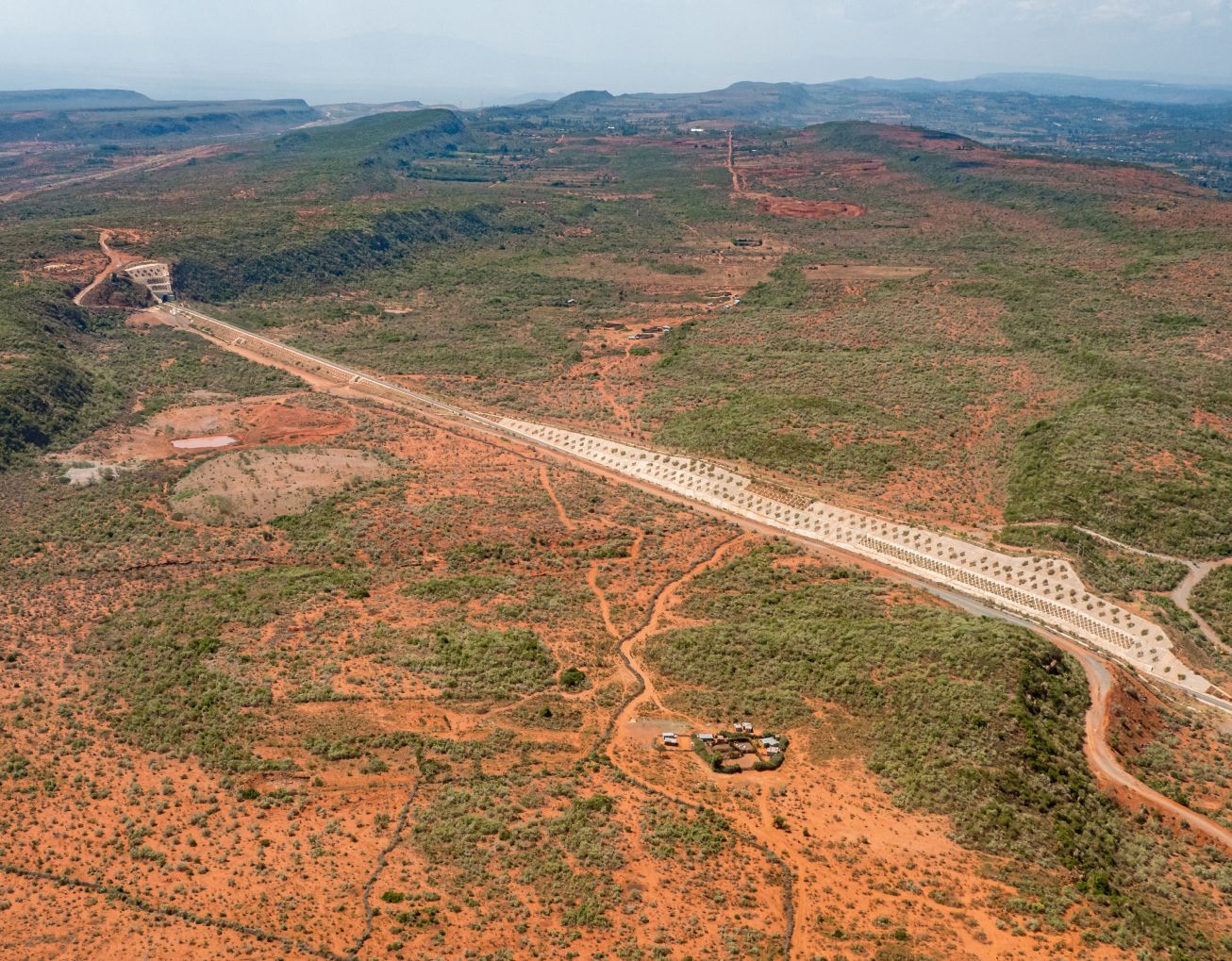
Understanding the Adaptation Finance Gap
The adaptation finance gap is the difference between the amount of adaptation finance that is needed to reduce the risks posed by climate hazards and the amount of finance that is actually being implemented towards adaptation.
Globally, this gap is widening for several reasons:
Climate change is intensifying
Climate change is causing an increase in extreme weather events, sea level rise, and other impacts. These impacts are expected to get worse in the future, which means that the amount of adaptation that is needed will also increase.
Adaptation costs are rising
The cost of adaptation is also rising, as new technologies and approaches are needed to cope with the increasing severity of climate change impacts.
Adaptation funding is insufficient
The amount of funding available for adaptation is not enough to meet the growing needs. This is due to a number of factors, including the competing demands for climate finance, the lack of awareness of the importance of adaptation, and the difficulty in channeling finance to the most vulnerable communities.
The gap is evident for developing countries
For developing countries, the estimated annual adaptation costs are 10-18 times greater than current adaptation finance flows over the next ten years.
Investment in climate resilient infrastructure is critical for closing the adaptation finance gap.
Sources: Adaptation Gap Report 2023 - United Nations Environment Programme (UNEP)
East Africa’s transport infrastructure
Our estimates for East Africa cover:
Kenya
Uganda
Tanzania
Zambia
New roads, rail networks and transport hubs are opening up the region for the nearly 500 million people who live there, bringing new opportunities to live, work, and play.
Flooding is a serious risk in East Africa. Since mid-2022, over 2 million people have been impacted by floods in the region.
Climate change is expected to increase the frequency and intensity of heavy rainfall events in East Africa, potentially exacerbating future flood risk.
This has significant implications for the growing transport infrastructure network in East Africa. Flooding that causes disruption and damage to infrastructure can threaten development in the the region and cost millions to fix.
To avoid this and build resilience into the plans from the start, the University of Oxford and University of Southampton used the Resilient Planet Data Hub data to develop a tool which shows where flooding might impact transport infrastructure and the financial benefits of adaptations such as flood walls.
By opening up data to the financial audience, the tool allows allows infrastructure investors to understand where adaptation investments will be most cost effective.
Sources: Climate Risk Report, East Africa Region
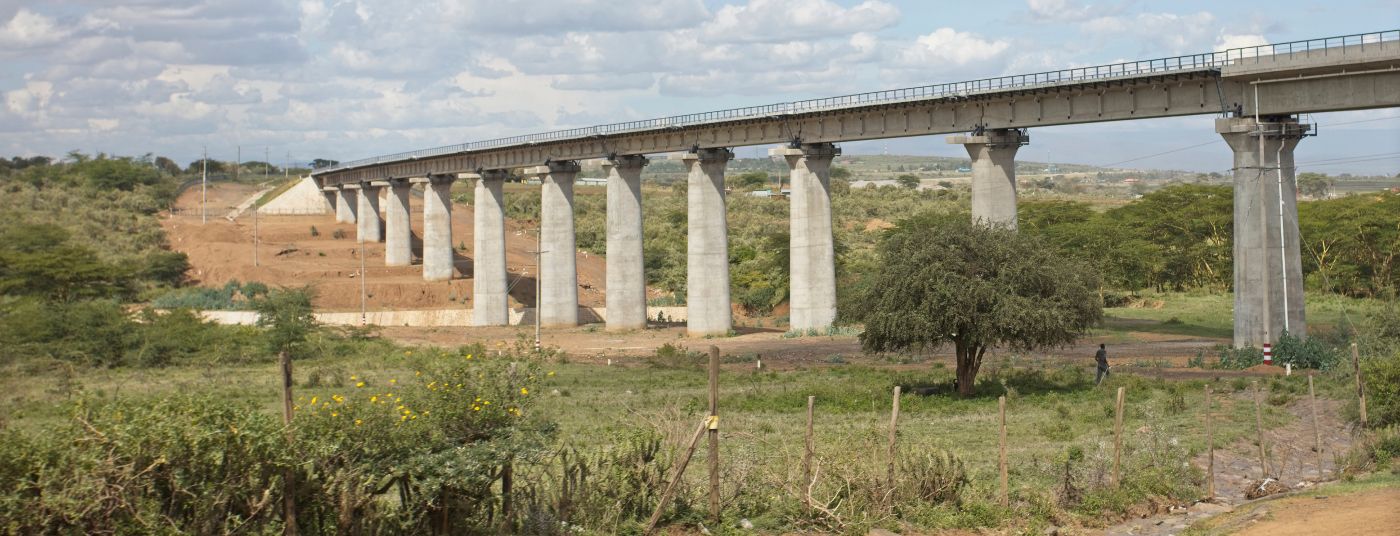
A recently completed bridge for the new $1.5 billion Chinese-built railway line linking Nairobi to Naivasha in Kenya.
$9.1 billion USD was invested in transport infrastructure in East Africa in 2020.
Damage to road and rail infrastructure in East Africa is currently estimated to cost 41 million USD a year
But it's not just current climate risks that need to be considered. Because transport infrastructure are long-lived assets - designed to last anywhere between 50-100 years - it is essential that future climate risks and the costs associated with them are considered from the start.
For example, by 2080 annual damages are expected to more than triple to 131 millions USD in a high emission scenario.
Mobilising some of the 9 billion USD in annual regional infrastructure finance towards adaptation can lead to more resilient infrastructure.
Making the business case for infrastructure resilience investments is important, especially for mobilising private finance for adaptation.
Investors need to understand that the upfront costs of investing in adaptation will be significantly lower than the subsequent avoided costs of future climate risks over the lifetime of the infrastructure asset.
To do this they need detailed, dependable climate risk data to assess the risks, quantify the benefits of adaptation, and prioritise resilience investments.
Expected annual flood damages to transport infrastructure in Kenya, Uganda, Tanzania, and Zambia
Sources: Infrastructure Financing Trends in Africa, 2020
Eastern Africa Regional Flood Snapshot, June 2023
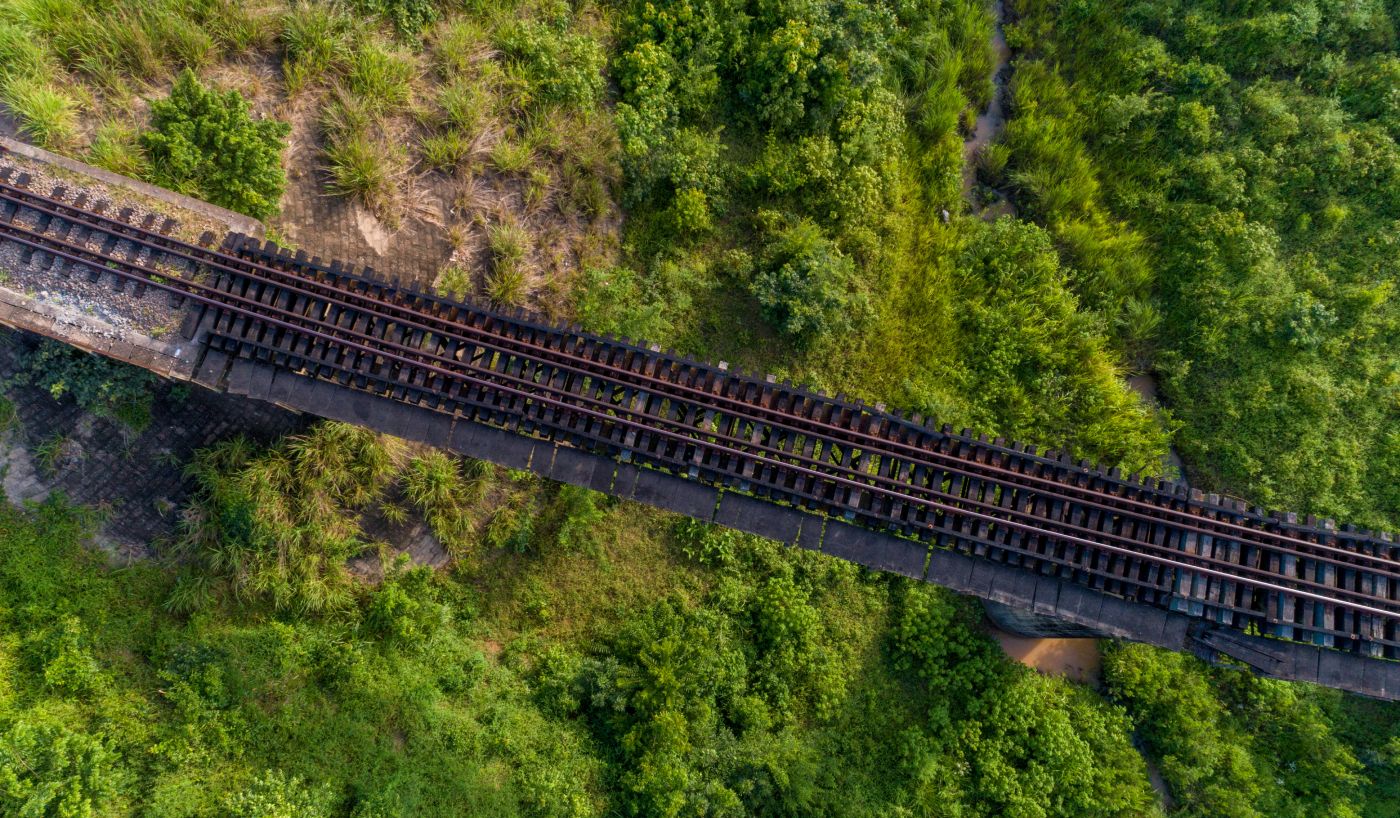
Aerial view of the railway line near Kisarawe town in Dar Es Salaam.
Using open data to direct private finance towards adaptation.
The East Africa infrastructure resilience tool does just that, built on data from the Resilient Planet Data Hub, the tool focuses on the four East African countries.
Using the East Africa Infrastructure resilience tool
The Tanzania Standard Gauge Railway, a construction project underway as part of the East African Railway Master Plan, demonstrates the impact of the East Africa resilience tool.
Phase 1 (300 km between Dar Es Salaam and Morogoro) was recently completed with partial funding (of $1.2 billion USD) provided by Export Credit Bank of Turkey.
Phase 2 (426 km between Morogoro and Makutopora) will soon be completed, financed by a loan of $1.46 billion USD from Standard Chartered Bank to the government of Tanzania.
Using the East Africa Infrastructure Resilience Tool, we demonstrate how an investor can use the tool to understanding the risk and identify where investments in resilience would be most cost-effective.
Allowing investors to first understand the risks
The tool allows users to explore both the direct damages and indirect losses (due to transport disruption) for the whole railway line. Losses under different future scenarios and time periods can be explored. Selecting individual assets reveals climate risk metrics such as average annual losses, return period losses, and loss-probability curves.
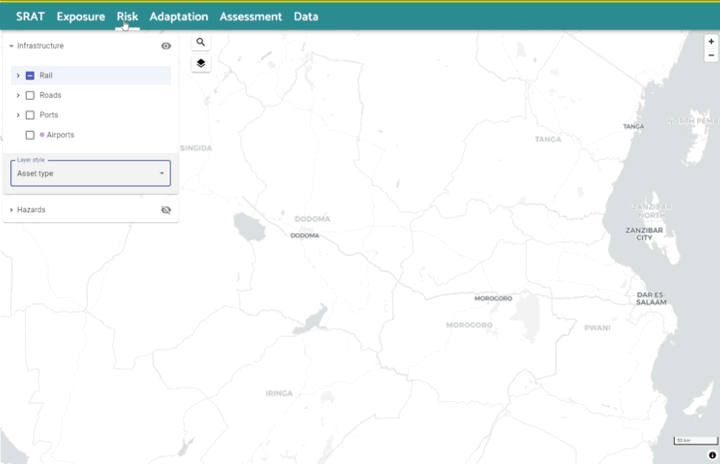
Explore the adaptation options available for different sections of the railway line
The user can explore the different adaptation options available and their associated costs at different points across the railway network. For this railway line, 4 adaptation options are available. These are shown below.
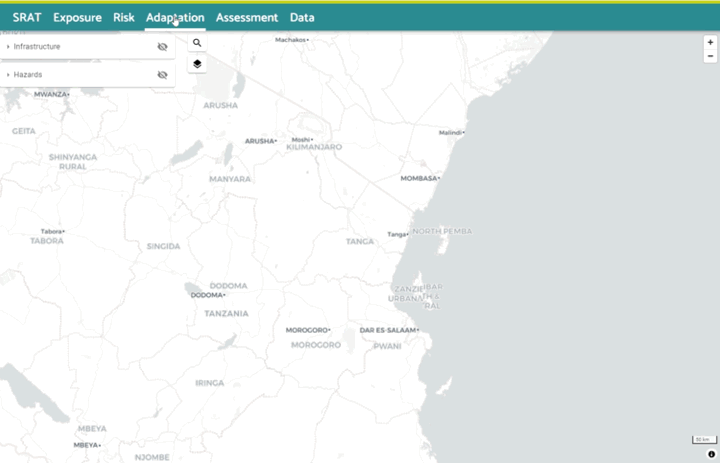

Flood walls

Mobile flood embankments

Spillways

Swales
Calculate the risk reduction
For the four different adaptation options, the user can use the tool to calculate the avoided damages from flooding for two future scenarios. Different sections of railway line can be inspected further by selecting them from the "Adaptation Options" table that appears.
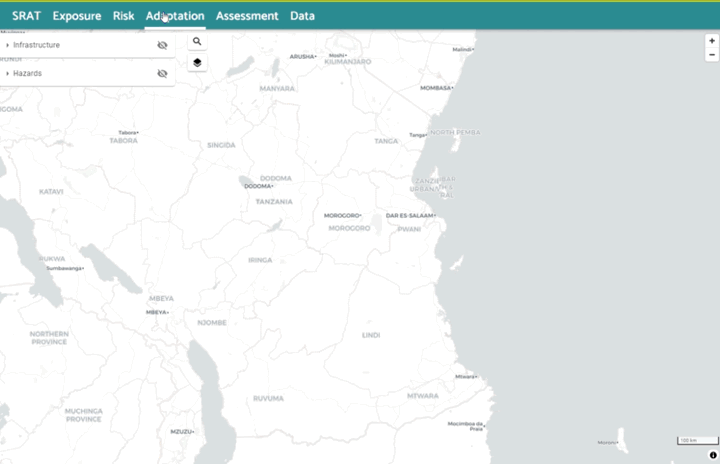
Carry out cost-benefit analysis for the different adaptation options
Using information about the costs of different adaptation options as well as the value of the risk reduction, the tool is able to carry out a cost-benefit analysis for the different adaptation options. The tool shows all the flood exposed rail assets and colour codes them based on the benefit-cost ratios of different adaptation options. The table also sorts the rail assets by their benefit-cost ratio, allowing the user to pinpoint where on the railway line different adaptation investments will be most cost-effective.
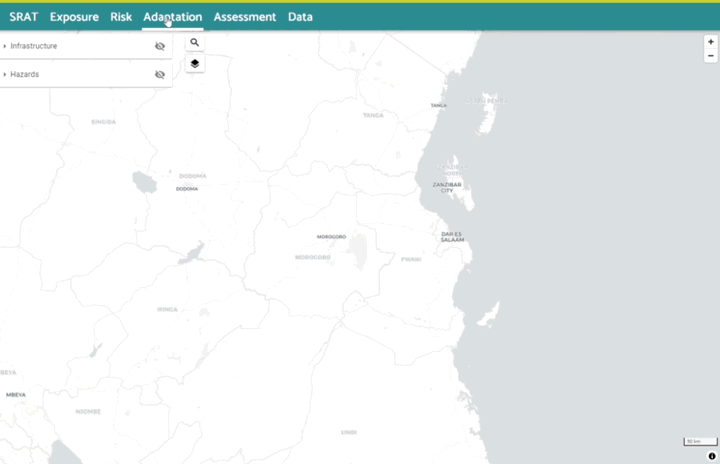
As an investor in the Tanzania Standard Gauge Railway, the East Africa Infrastructure resilience tool demonstrates what adaptation options are most cost-effective and where they should be implemented.
Phase 1 (between Dar Es Salaam and Morogoro) benefitted the most from investments in adaptation. Swales were the most cost-effective adaptation options, with benefit-cost ratios in the thousands for many sections of railway line. Installing these swales could prevent losses from flooding totalling over 5 million USD.
These adaptation investments can also have enormous social benefits. The railway line between Dar Es Salaam and Morogoro connects 6 stations, which serve populations totalling nearly 6 million people. Many people rely on the railway line for transport and trade. Increasing the resilience of the railway line to disruption from flooding can have enormous benefits for the communities that rely on it.
Helping investors make informed adaptation decisions.
Bridging the adaptation finance gap will require mobilising private finance for adaptation and redirecting existing finance (such as infrastructure finance) to resilient solutions.
Core to this is demonstrating that resilience investments are cost-effective.
The Resilient Planet Data Hub uses open data to build tools to help investors make informed adaptation decisions.
This user story demonstrates one such tool developed for transport infrastructure in East-Africa, but similar tools have been developed in other locations globally.
Written with support from

